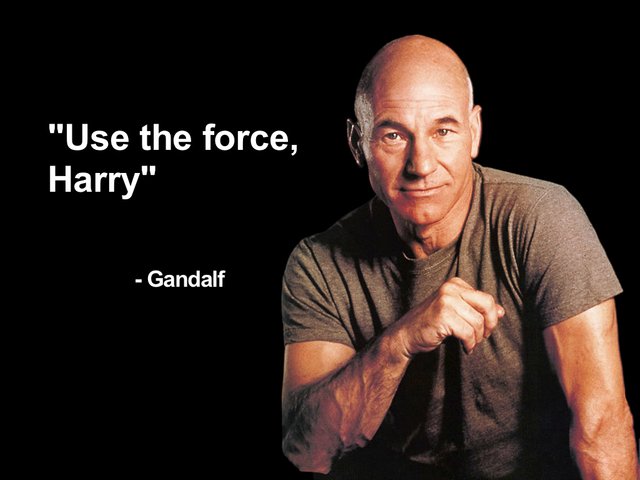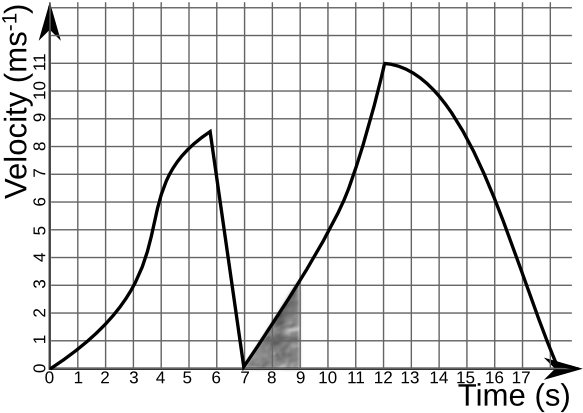Basic physics 2: What is a joule?
A joule is a standard unit of energy throughout science. It is an SI representing force over a distance.

What is force?
Unit for force: Kg m/s^2
A force is a term used to signify a mass that has been accelerated.
- Velocity: Velocity is a term used to describe the time it takes to travel a certain distance. If you traveled 1 meter(m) over a time of 1 second(s), it is shown in equations with 1m/s.

- Acceleration: Acceleration is what is used to describe the change in velocity over time. Suppose that you are moving 1m/s, and you then accelerate to for 1 second, then coming a constant velocity of 2m/s, what is your acceleration?
acceleration: α = ΔV/ΔT
ΔV = change in velocity
ΔT = change in time
α = acceleration
To find the change in velocity simply take the initial velocity and subtract it from the final velocity. I this case, 2m/s - 1m/s = 1 m/s. With an acceleration time of 1 second and the change in velocity, you can plug in the numbers into the equation above and find the acceleration.
α = 1m/s / 1s
α = 1m/s^2
Note: s^2 basically means meters per second per second. To better understand this we can make a graph with the velocity on the y-axis and the time on the x-axis. The accelerationwould be the slope(rise(y) / run(x), so (m/s)/s giving m/s^2

Now that we know what velocity and acceleration, we can find out what a force is. A force is the mass of an object multiplied by the acceleration of the object and is signified by kg m/s^2 and is called a newton for short, after the famous father of calculus Sir Issac Newton.
F = mα
F = force
m = mass (in kg)
α = acceleration
Lets just say that the mass of the object we are talking about is 1 kilogram. We can plug in the numbers that we came up with before and find the force.
F = 1kg x 1m/s^2
F = 1kg m/s^2
Joule:
A joule is a measure of the force over a distance and is signified by kg m^2/s^2. Imagine it like if you were pushing a box 1 meter and it took 1 newton to push that box. You would be able to find the amount of joules by using the following equation:
J = FΔ X
ΔX = change in distance (m)
F = force (kg m/s^2)
J = joule (kg m^2/s^2)
Using the information above we can plug in the numbers and find the amount of joules.
J = 1N x 1m
J = 1J (kg m^2/s^2)
Thank you for reading this article, I hope to bring more informative articles spreading knowledge and getting into ever more complicated topics.
Sources:
upload.wikimedia.org/wikipedia/commons/a/ae/Velocity-time_graph_example.png
c2.staticflickr.com/8/7063/6800673214_5f3b062c65_b.jpg
Units are not the physics. The physics concepts do not care about units, and to take your example of the Joule, this unit is not always appropriate according to the context (take nuclear physics, for instance). I would personally prefer to read a post about physics concepts than units.
You have of course the right to write what you want, regardless of my opinion.
Secondly, note that your definition of a force is not correct. A gluon is a massless object that can feel the strong interaction...
Noted. Thank you for the feedback. I will keep that in mind when writing another article.
Upvoting, just for the choice in pictures. Funny yet relevant as most are confused about different aspects of physics. Well played sir!
If you like physics, check this out https://steemit.com/steemit/@divilati/will-bouling-ball-and-a-feather-fall-in-the-same-speed-if-dropped-from-the-same-height-galileo